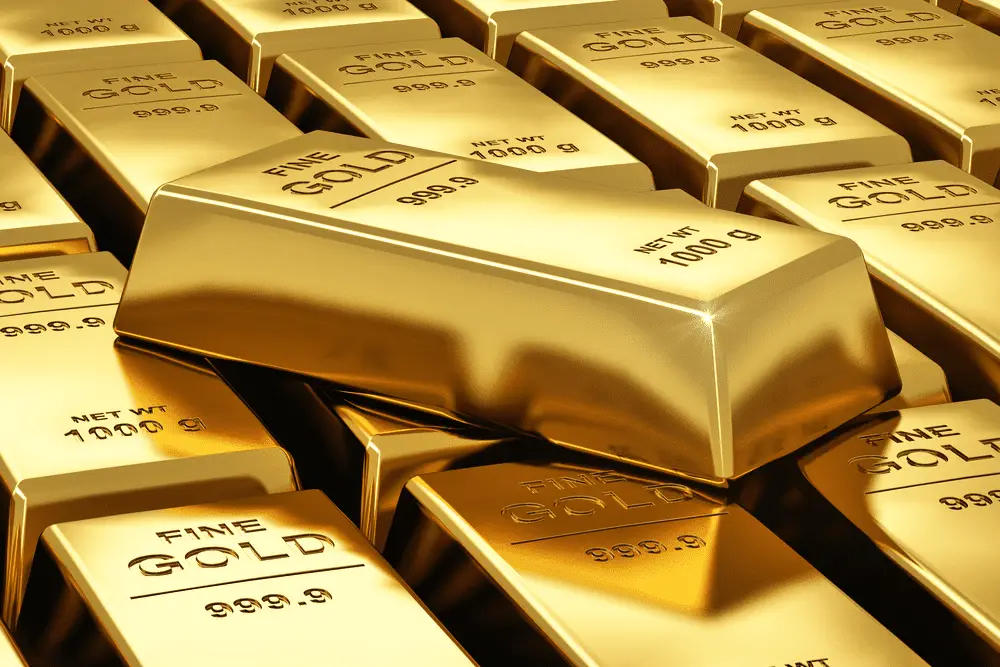Table of Contents
In layman terms, gold is commonly known as a precious metal that is often used for making jewelry, but there is much more to the valuable yellow metal than just that. The history of gold is a fascinating tale, and the facts and tidbits about this precious metal make for an interesting read. In this article, we’ll dig a little and explore what exactly gold is, what the history of gold looks like, and what some interesting facts about gold are. Read on to find out more about this much-coveted yellow metal.
*This post may contain affiliate links. As an Amazon Associate we earn from qualifying purchases.
What Is Gold?
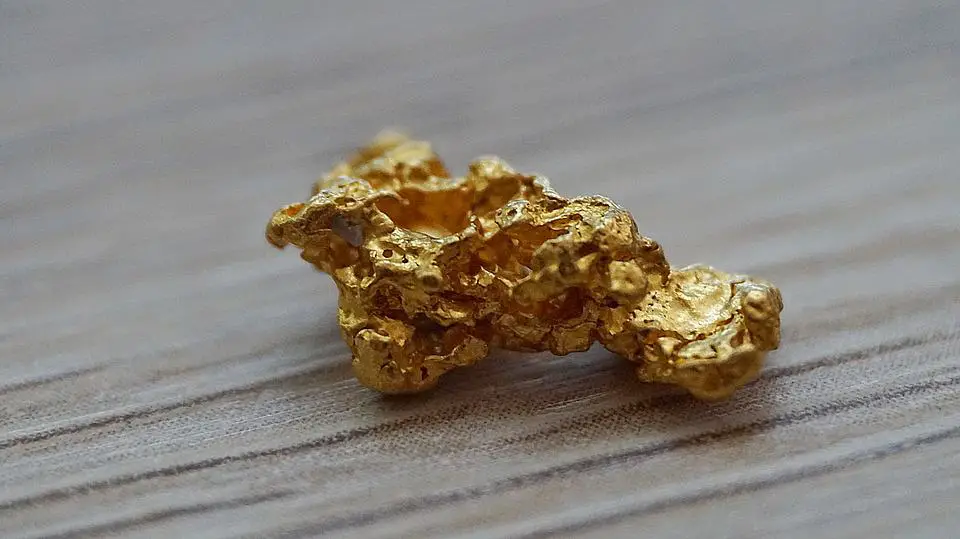
Before we look into the history of gold, let’s take a quick detour to understand what gold exactly is. Chemically, gold is an element that occurs naturally in the atmosphere. It is bright, dense, and soft, and it’s one of the least reactive elements known to man. Today, gold is widely used to make jewelry, and it’s also considered as a means of investment since its value typically rises or remains relatively stable.
The word “gold” is derived from the Germanic word gulþa, which translates to gold. The Old English word “geolu,” which means yellow, also influenced the use of the term “gold.” As for its chemical name, gold is called aurum after its Latin name, and its chemical is Au.
History of Gold
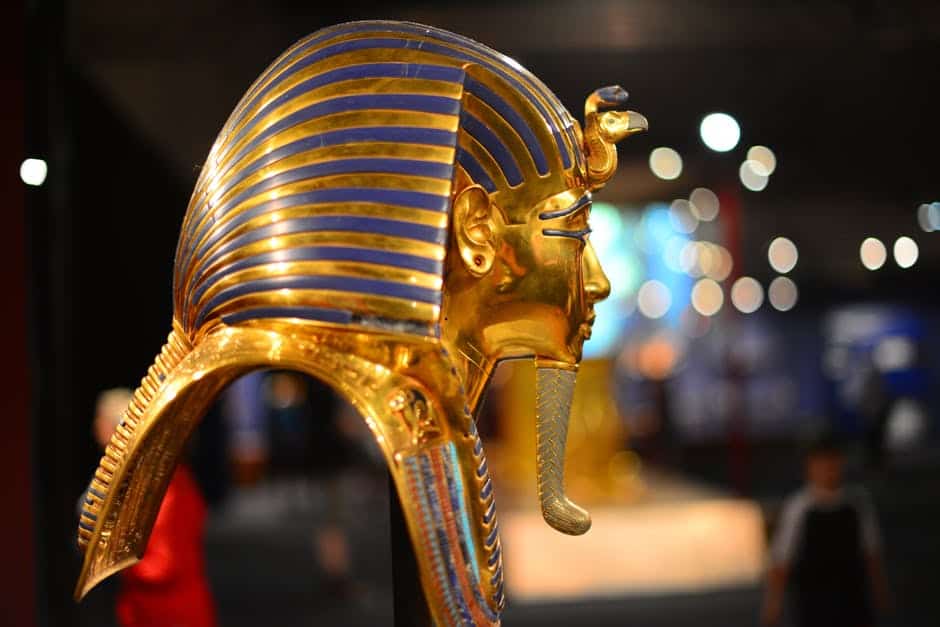
The true depth of the history of gold may have been lost to us, primarily because the first mining of the precious metal or its earliest discovery was never documented by earlier civilizations. However, with the archeological evidence we have, the history of gold artifacts dates back to the 4th millennium BC. Artifacts made from gold dating back to this period have been found in the Nahal Ana cave cemetery in Israel, and in the Varna Necropolis in Bulgaria.
Uses of Gold in Ancient Times
A detailed look into the history of gold reveals that even in ancient times, man was fascinated by gold. Although gold seemed to have been more plentiful than dirt, as Egyptian hieroglyphics from 2600 BC claim, the ancient people considered gold as a revered metal. Gold was one of the first metals to be mined, primarily because of the ease with which it can be extracted and used. Unlike other metals like iron, gold occurs in a relatively pure form in nature.
In ancient times, gold was associated with the gods, with immortality, and with wealth itself, across many cultures throughout the world, such as Egyptian, Roman, and Greek civilizations. Even back then, the metal was intuitively equated with power, beauty, and the cultural elite, and a high value was placed on the metal. The temples and the tombs of the pharaohs were decorated with gold and gilded artifacts. Evidence of these uses in the history of gold include the discoveries made in the tomb of Tutankhamun, among which were several golden treasures.
Similarly, the graves of nobles at the ancient Citadel of Mycenae in Greece, which were discovered by Heinrich Schliemann in 1876, yielded a variety of gold figurines, masks, cups, diadems, and jewelry, along with hundreds of decorated beads and buttons.
The History of Gold as a Medium of Exchange
Another interesting landmark in the history of gold was its use as a means of exchange, primarily in the form of gold coins. Before gold coinage came about, gold was measured out and tended as money. Even after paper currency was introduced, paper money was typically issued as a receipt redeemable for gold coin or bullion. Until the late 1900s, the gold standard system was used to measure the value of a unit of currency.
Another notable point in the history of gold is the series of gold rushes that occurred in the 1800s. People migrated in large numbers in search of this precious metal. Some of the most notable gold rushes include the North Carolina gold rush in 1799 (when a young boy chanced upon a 17-pound gold chunk in Cabarrus County), and the California gold rush in 1848. Other prominent gold rushes include the Klondike rush in 1896 and the gold rush in Australia that began in the 1850s.
Interesting Facts
As if the history of gold wasn’t fascinating enough, here are some curious trivia and noteworthy facts about this metal that will be of interest to you.
Gold Has Been Discovered on (Almost) All the Continents

Gold has been discovered on each of the continents on our plant, except Antarctica. That said, the Witwatersrand gold mines in South Africa have produced nearly half the total gold ever mined in the world. South Africa is also where the world’s deepest gold mine is located: the gold mine in Mponeng is 2.5 miles deep, which is the length of ten Empire State Buildings!
Gold Is Edible

As surprising as it may sound, gold is consumed as a part of several dishes. Some countries in Asia add edible gold to fruit, coffee, tea, and jelly snacks, or use it as a thin film to decorate food. Europeans are also known for adding gold flakes to their liquor from as early as the 1500s. Some examples of alcohol that includes edible gold are Danziger Goldwasser and Goldschlager.
Water Turns to Gold During Earthquakes

Research shows that fluctuations in pressure that occur during earthquakes can cause the formation of the precious metal. When a fracture in a fluid-filled rock is widened during an earthquake, there’s a sudden drop in pressure, which causes the gold dissolved in the fluid to leach out quickly and solidify. One earthquake may not produce noticeable amounts of gold, of course, but repeated movements of the tectonic plates in a region can cause deposits to build up.
Gold Is Malleable and Ductile
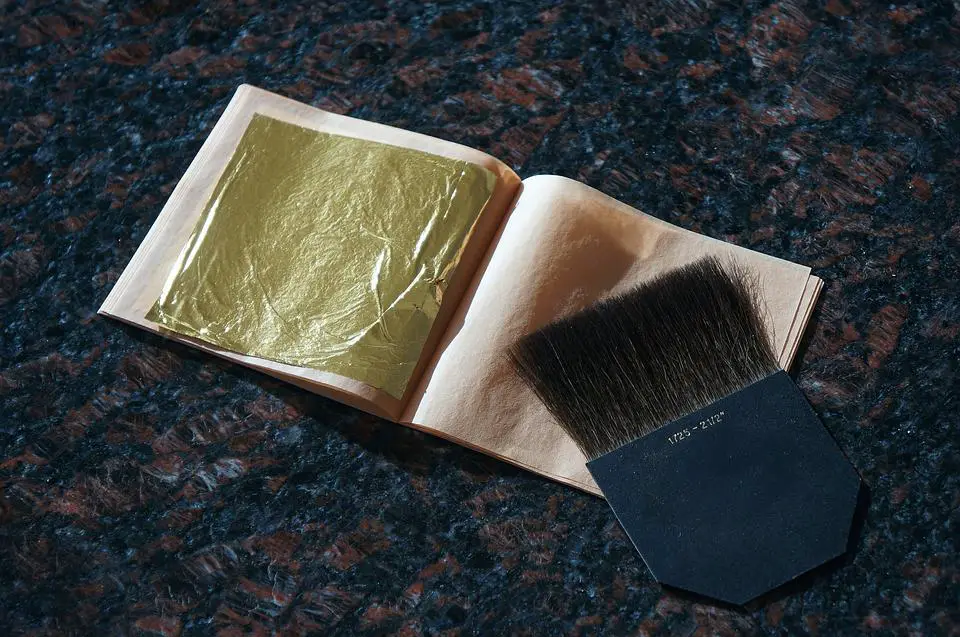
Gold is one of the most pliable metals known to man. It is malleable and ductile, meaning it can be beaten into thin sheets or rolled out into thin wires with ease. In fact, gold is so adaptable that it can be made into sewing threads that are used to create embroidered designs on designer wear and high-fashion clothing.
There’s Gold in Your Smartphones
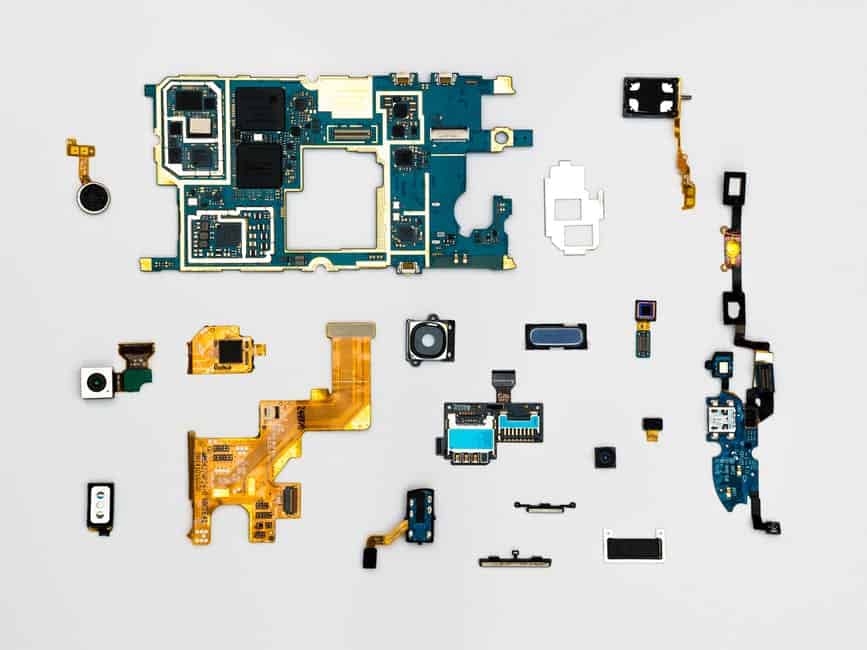
Earlier, metals like copper and silver were used in smartphones, but now they’ve been substituted with gold, which is better at optimizing efficiency because of its advantage in the areas of speed and durability. In a set of around 10,000 smartphones, you’ll find around 10 ounces of gold. In fact, Apple recovered around 2,200 pounds of gold from broken iPhones in 2015.
The iPhone 5 Was a Phone Made of Gold

Speaking of gold in smartphones, there’s got to be a mention of the iPhone 5, which is arguably among the costliest smartphones the world has ever seen. Made from 135 grams of 24-carat gold and equipped with a chassis that was inlaid with 600 white diamonds, it was valued at a whopping $15 million!
There’s Also Gold In Your Computers
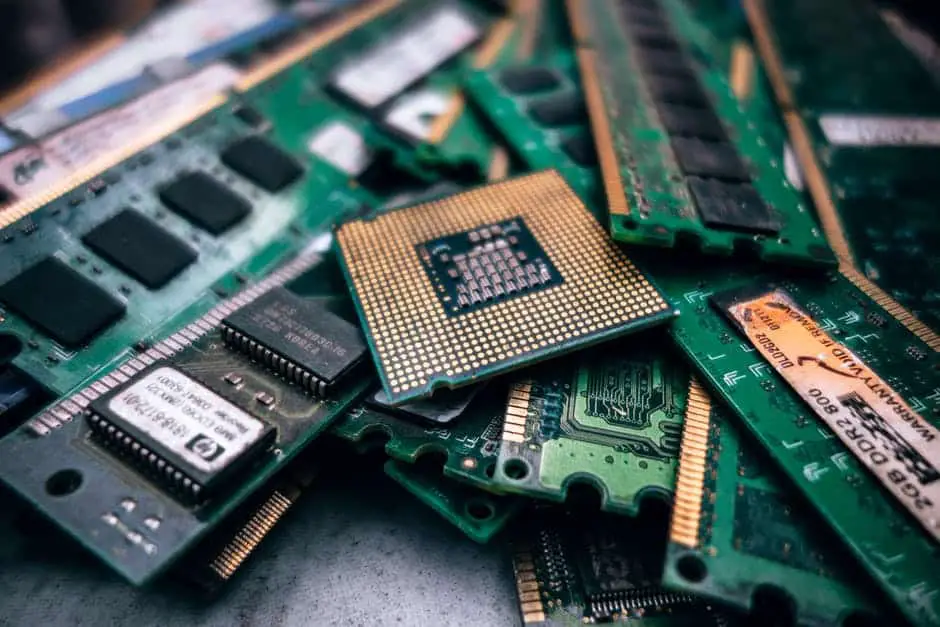
Smartphones aren’t the only gadgets that use gold in their construction. The precious metal is also used in computers. In fact, substantial amounts of the metals have been recovered from obsolete computers, right from as early as two decades back, when the amount of gold recovered from electronic scrap in the United States was equivalent to the amount recovered from over 2 million metric tons of gold ore and waste.
Gold Is an Inert Metal
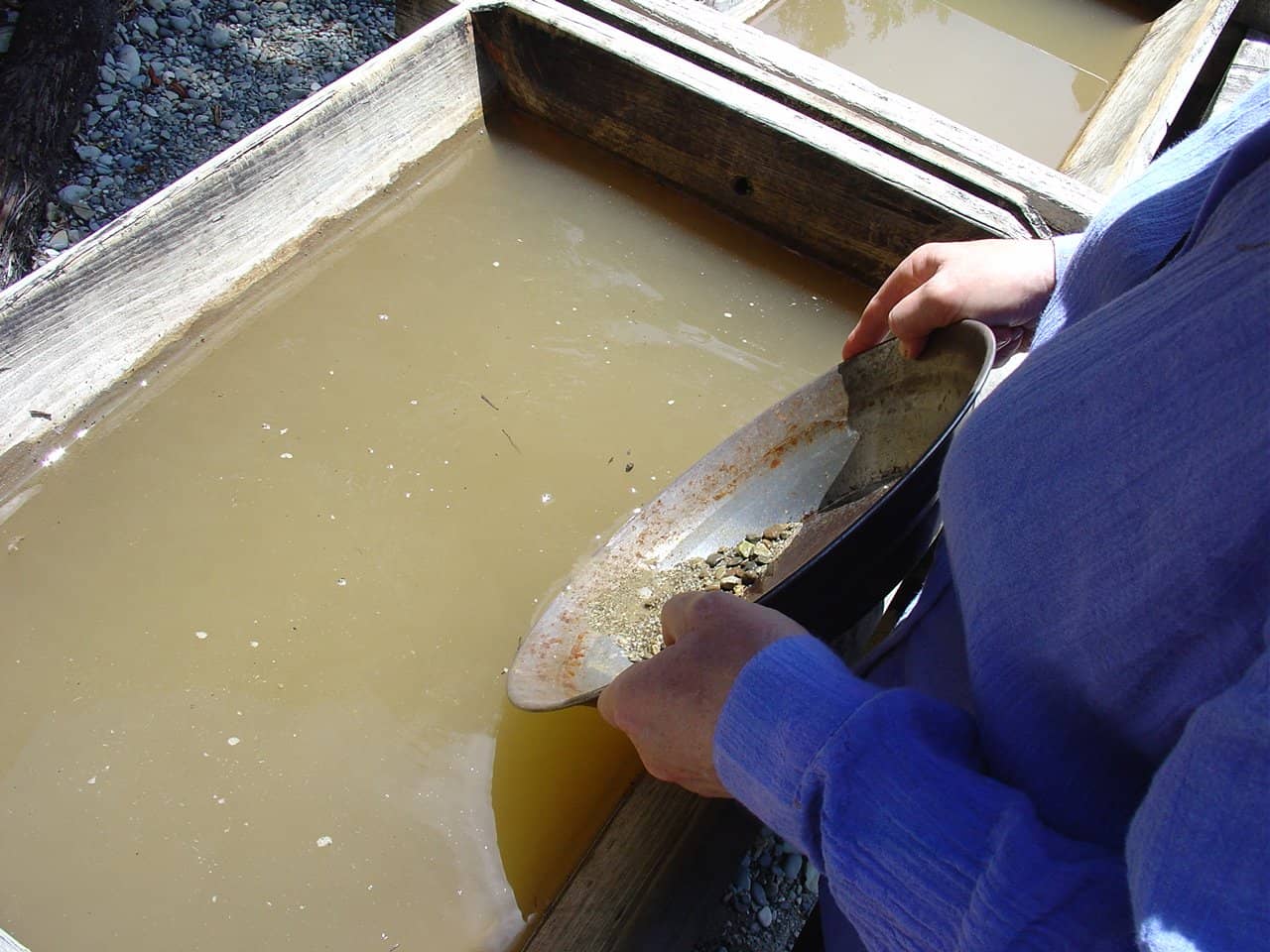
Gold is an inert metal, meaning it doesn’t oxidize or rust easily, and it doesn’t get degraded by air, moisture, or even acidic conditions. Pure gold is so unreactive that it cannot even cause the skin allergies it is sometimes unfairly blamed for. If your gold jewelry is giving you some trouble, it’s highly likely that the irritation is due to other metals mixed with the gold.
Gold’s Purity Is Graded in Carats

The purity of gold is graded in carats, and it can be graded as 10, 12, 14, 18, 22, or 24. A higher number signifies greater purity, and 24-carat is the purest form of the metal. 10-carat gold contains around 41 percent of pure gold, 14-carat gold contains around 58 percent, and 18-carat gold contains around 75 percent. The rest of the composition is commonly made from silver, but can also include a combination of other metals like platinum, copper, palladium, zinc, nickel, iron, and cadmium.
There’s Gold in The Ocean

We typically visualize gold mining as a technique that involves extracting gold from landmines. However, the oceans also contain sizeable deposits of gold. Different reports hint at varying worth and different quantities of the precious metal trapped in the ocean’s floors and waters. But because it is so widely and loosely distributed, it will be a real challenge extracting the precious metal from the oceans.
Conclusion
As you’ve seen, the history of gold is fascinating, and there are many interesting facts surrounding the precious metal we love so much. Each year, newer discoveries are coming to light, and with them, more facts and bits of information emerge, making our understanding of this yellow metal a little clearer.

